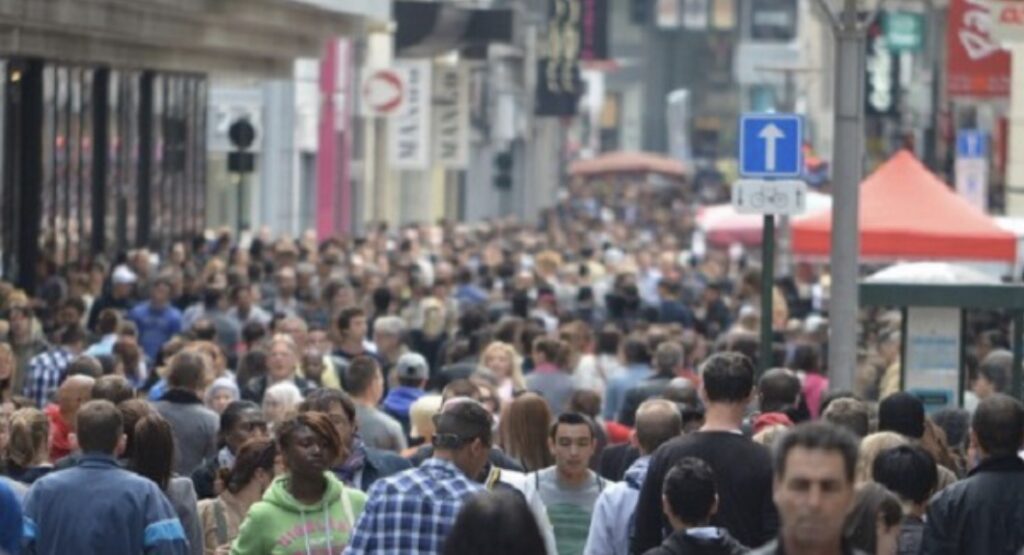[Steven Mosher | LifeNews] Ask anyone if the world is overpopulated, and you know what they will say.
The idea that we humans are breeding ourselves to death—and taking the planet with us–is in the air that we breathe.
It was drummed into us in high school biology, where we were told that the world is like a tiny “lifeboat.” We have to lighten the load, our teachers told us, or the “lifeboat” will sink and we will all die.
And who can forget Al Gore’s doomsday scenario, in which he warned us that a “black hole” will engulf us if we do not stop having babies. Armageddon, anyone?
But It’s worth thinking about what would happen if everyone actually abandoned childbearing. Because it turns out that a lot of young people are already doing exactly that.
While on the fantasy island of overpopulation human numbers are always exploding, a close look at the real world reveals an increasingly barren reality. Many nations, especially in Europe, are already in a death spiral, filling more coffins than cradles each year. Listen closely, and you will hear the muffled sound of populations crashing.
The birth dearth that began in post-war Europe has now spread to every corner of the globe. China is dying, India and Latin America are rapidly growing old, while the Middle East is barely holding its own. Even in once prolific Africa, birth rates are in freefall.
You may be forgiven for not knowing this, because the United Nations continues to beat the overpopulation drum. Human numbers will balloon to 9 1/2 billion people by 2050, it chants, and reach 11 or even 12 billion by 2100.
This will happen, the U. N. says, because a secret fertility rebound is brewing. Women in largely barren places like Germany, France and Japan will soon start having more children–in fact, many, many more children. Never mind that there is zero evidence to back up such a claim, which itself seems like nothing more than a desperate attempt to breathe new life into a dying theory.
Buried in the U.N. data is another, far more accurate, projection called the “low variant.” But because it doesn’t fit the “overpopulation” narrative, neither the U.N. nor the media gives it much airtime.
The “low variant” assumes that once birth rates go low, they stay low. It accepts that educated, urbanized young women in Paris, London, or Tokyo who today only want one child—or none–are not suddenly going to want a second tomorrow. Women in the rest of the world will follow, and global fertility will fall to European levels, or about 1.3 children per woman.
The bottom line: global numbers will peak at something less than 9 billion around 2050. After that, the human die-off will begin, slowly at first, but faster and faster as the years go by. By the end of the century, we will be back to our present numbers—about 7 ½ billion—but we will be, collectively, far older and greyer.
What this means is that our present problem is not too many babies, it’s too few babies.
Many of today’s young adults are too enamored of sex, the city, and the single life to think about marriage, much less about replacing themselves. Education delays marriage and provides other opportunities for women besides marriage and family. A single Swedish woman may eventually bear one child as her biological clock approaches midnight, but she is unlikely to bear a second.
[Editor’s Note: This article was written by Steven Mosher and originally published at Life News. Title changed by P&P.]











